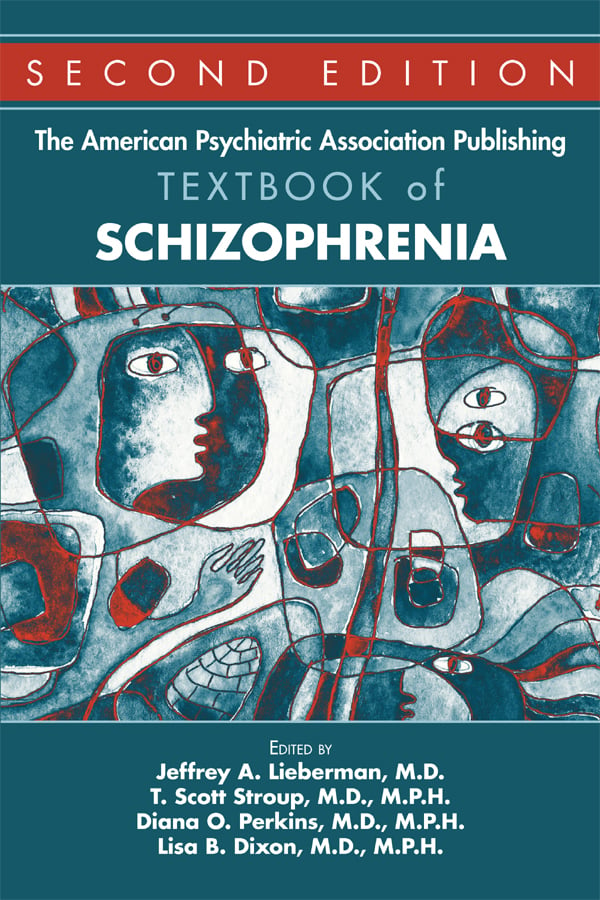Epidemiological studies of schizophrenia have provided improved estimates of its incidence and prevalence, clues about etiology, and impetus for further research into potential risk and protective factors for the disorder. Schizophrenia is theorized to originate from a disruption in brain development from faulty interaction among genes and between genes and the environment (
Owen et al. 2016), eventually crossing a threshold of clinical expression (
Stilo and Murray 2010). The complex etiology of schizophrenia and its heterogeneous behavioral and cognitive symptoms make the interpretation of epidemiological findings challenging (
Owen et al. 2016). According to the
World Health Organization (2016,
2018), schizophrenia affects 12 million men and 9 million women around the world, but the prevalence varies widely by region. The lifetime prevalence of schizophrenia has been estimated to be between 0.3% and 0.7% of the general population, but this is affected by demographic, social, economic, health, cultural, and genetic factors (
American Psychiatric Association 2013). Outcomes of schizophrenia vary by patient age, paternal age, gender, ethnic group, location (i.e., urban vs. rural), geographical site (i.e., country or region), climate, migratory status, month of birth, childhood and adult adversity, relocation, and socioeconomic level (
American Psychiatric Association 2013;
McGrath 2006;
Owen et al. 2016). This chapter provides a review of prevalence and incidence estimates and their variation by demographic and other risk factors. Associated comorbidities and selected outcomes are also discussed.
Descriptive Epidemiology
The estimated incidence of schizophrenia per year is approximately 15 per 100,000 males and 10 per 100,000 females. The estimated point prevalence of schizophrenia is 4.6–5 per 1,000 people, and the lifetime risk is 0.7 per 100 (
Messias et al. 2007;
Owen et al. 2016). One systematic review included a total of 56 epidemiological studies from Europe (
n=29), Asia (
n=13), North America (
n=10), Africa (
n=8), and Oceania (
n=4) published from 1990 through 2013 (
Simeone et al. 2015). Lifetime prevalence of schizophrenia ranged from a low of 0.06% in Tanzania to a high of 1.46% in Canada and 1.54% in Finland. The review’s authors concluded that among the general population, approximately 1 in 200 people will be diagnosed with schizophrenia at some point during their lifetime.
The typical age at onset of schizophrenia is late adolescence, with men generally experiencing an earlier onset than women. The concept of late-onset schizophrenia—the emergence of nonaffective, nonorganic psychotic symptoms after age 45—has been widely discussed. A 3-year longitudinal study from the Netherlands Mental Health Survey and Incidence Study divided 5,618 subjects into three groups based on age: young (18–34 years), middle (35–49 years), and older (50–64 years) (
Köhler et al. 2007). The researchers found the cumulative incidence for psychosis onset to be surprisingly similar for each age group (1.3% for young, 1.1% for middle, and 0.8% for older), with a nonsignificant difference between groups (
P=0.097). These findings highlight the possibility of a higher incidence than expected at older ages of new-onset psychotic symptoms attributable to schizophrenia. Women have an increased risk of developing schizophrenia around menopause, often referred to as the second peak of onset. This elevated risk may be due to the loss of antidopaminergic action of estrogens (
Messias et al. 2007;
Owen et al. 2016;
Stilo and Murray 2010).
Schizophrenia is more common in men than in women. The degree to which schizophrenia prevalence among men surpasses that among women varies according to study type and region. Multiple meta-analyses have found that approximately 60% of those who develop schizophrenia are men (
Aleman et al. 2003;
Longenecker et al. 2010;
McGrath et al. 2004,
2008). The consistency of these results helps rule out systematic bias in diagnostic systems and confirms that the disease is more prevalent among males. It appears, however, that nonepidemiological studies have historically exaggerated this disparity. In a review of 220 articles, investigators found that the proportion of men diagnosed with schizophrenia differed significantly between nonepidemiological and epidemiological studies, with nonepidemiological studies consistently reporting higher proportions of men (
Longenecker et al. 2010). These results add to the evidence that men are diagnosed with schizophrenia more frequently than are women but that the gender difference is not as large as once thought.
